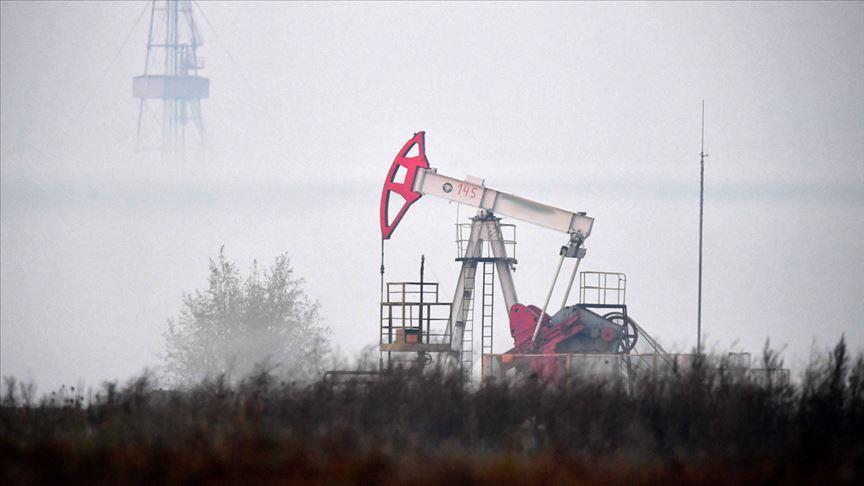The terms suggested by Mexico are set to be discussed on Friday at 15:00 Moscow time during the G20 talks after the country left the OPEC+ meeting without agreeing to the 10-million-barrel-per-day (bpd) production cut deal, according to Russian Tass news agency.
OPEC and its allies agreed early Friday to lower their collective crude oil production by 10 million barrels per day (bpd) until the end of second quarter of 2020.
Mexican Energy Minister Rocio Nahle left the meeting without agreeing to lower output, however, she later announced that her country is ready to reduce its oil production by 100,000 bpd for the next two months as part of the OPEC+ deal.
“In order to stabilize the oil prices during the @OPECSecretariat meeting, Mexico has proposed a reduction of 100,000 bpd in the next 2 months,” Nahle said in a Twitter post.
Nahle further elaborated that Mexico would decrease its oil production to 1,681 million bpd from 1,781 million bpd in March.
In the statement released after the OPEC+ meeting, it was stated that the 10 million bpd production cut deal “was agreed by all the OPEC and non-OPEC oil producing countries participating in the Declaration of Cooperation, with the exception of Mexico, and as a result, the agreement is conditional on the consent of Mexico.”
Saudi Arabia-led OPEC and Russia-led non-OPEC oil producing nations started their 9th (Extraordinary) OPEC and non-OPEC ministerial meeting via webinar on Thursday at 1445 GMT. OPEC released a statement on its Twitter account around 0330 GMT on Friday.
The group dubbed as OPEC+ will lower its crude oil production by 10 million bpd, starting from May 1 until June 30 this year for a two month period, according to the statement.
For the following six months, from July 1 to Dec. 31, the output cut will ease to 8 million bpd. This will be adjusted to a 6 million bpd of cut for 16 months, from Jan. 1, 2021 to April 30, 2022.
The baseline for the oil production cuts will be the oil output levels of OPEC+ members in October 2018. However, heavyweights Saudi Arabia and Russia will apply the cuts based on their output of 11 million bpd.
While the current agreement will be valid until April 30, 2022, its extension will be reviewed in December 2021.
OPEC+ members will meet on June 10 this year via webinar to determine whether any other action will be needed to balance the oil market.
- Oil prices remain weak
The output cut of 10 million bpd, which is much lower than the market expectation of 15-20 million bpd, sustained weak oil prices.
International benchmark Brent crude climbed as high as $33.87 per barrel during OPEC+ meeting on Thursday to end the day at $32.84 a barrel. However, it was down to $31.82 per barrel at 0500 GMT with a 3.1% decline.
American benchmark West Texas Intermediate (WTI) climbed as much as $26.45 a barrel during Thursday's trading to close at $25.09 per barrel, but it fell to $23.21 a barrel at the same time with a 7.5% loss.
OPEC+ members failed to agree on March 6 in Austria capital Vienna to reach a production cut deal to support oil prices against the negative impact of coronavirus (Covid-19).
With weak global oil demand and the rising glut of supply around the world, oil prices on March 30 hit their lowest level since 2002.
By Sibel Morrow
Anadolu Agency
energy@aa.com.tr


